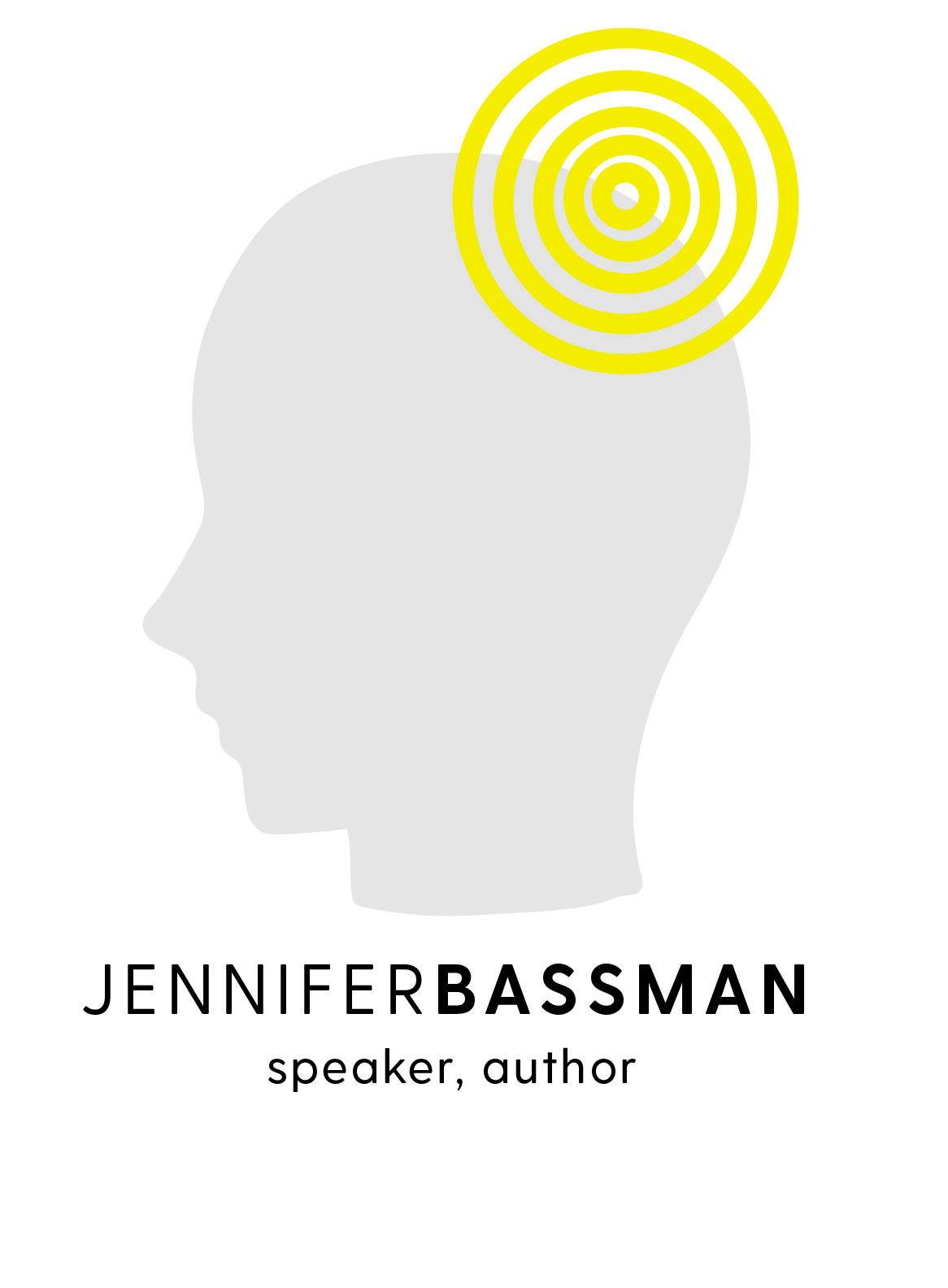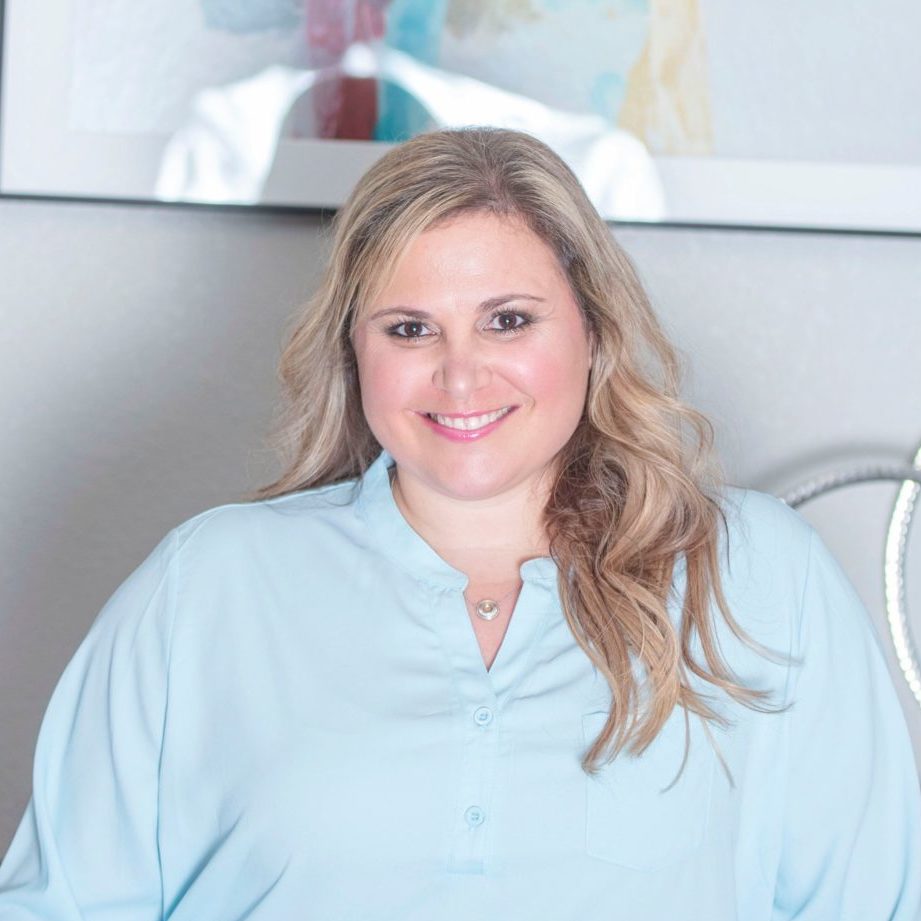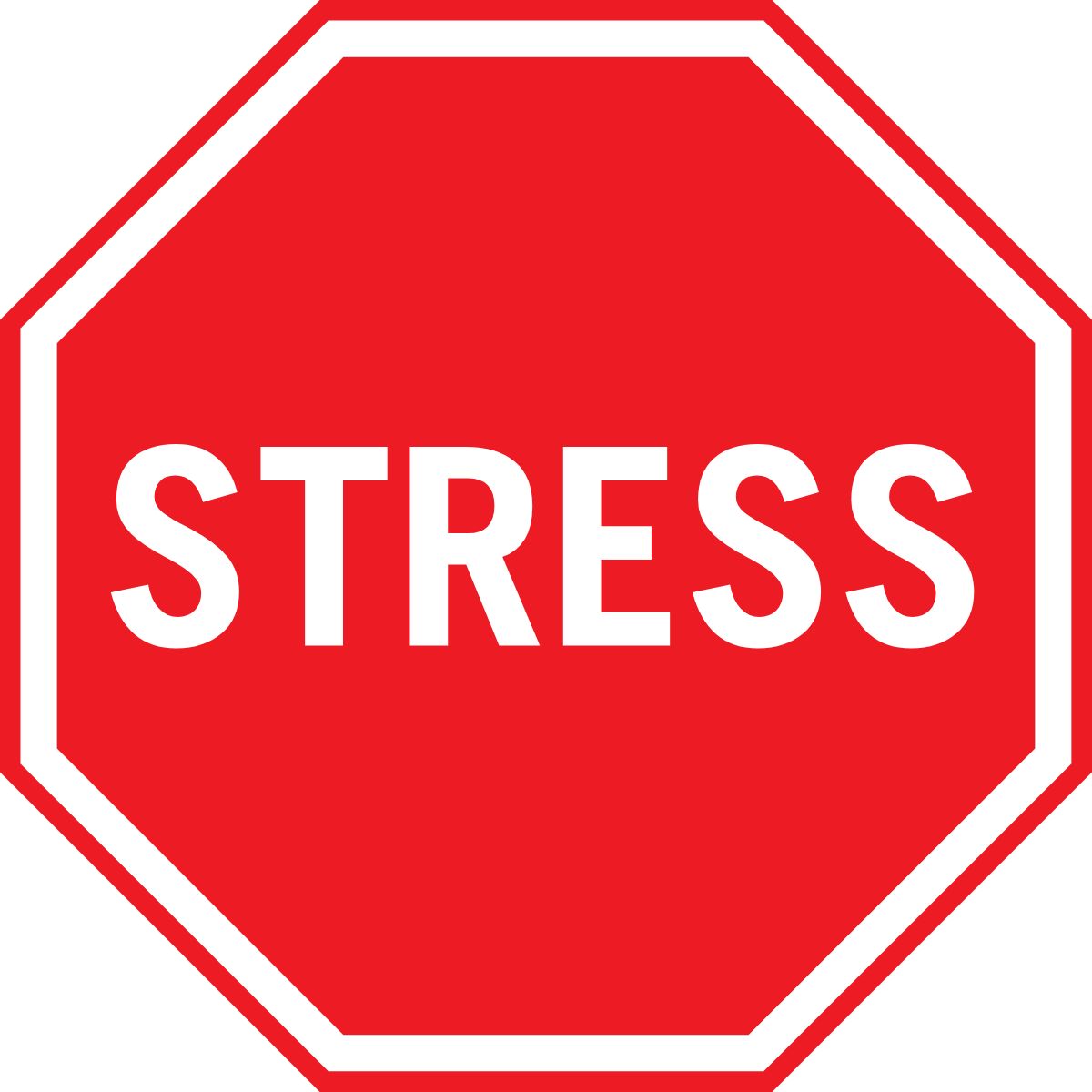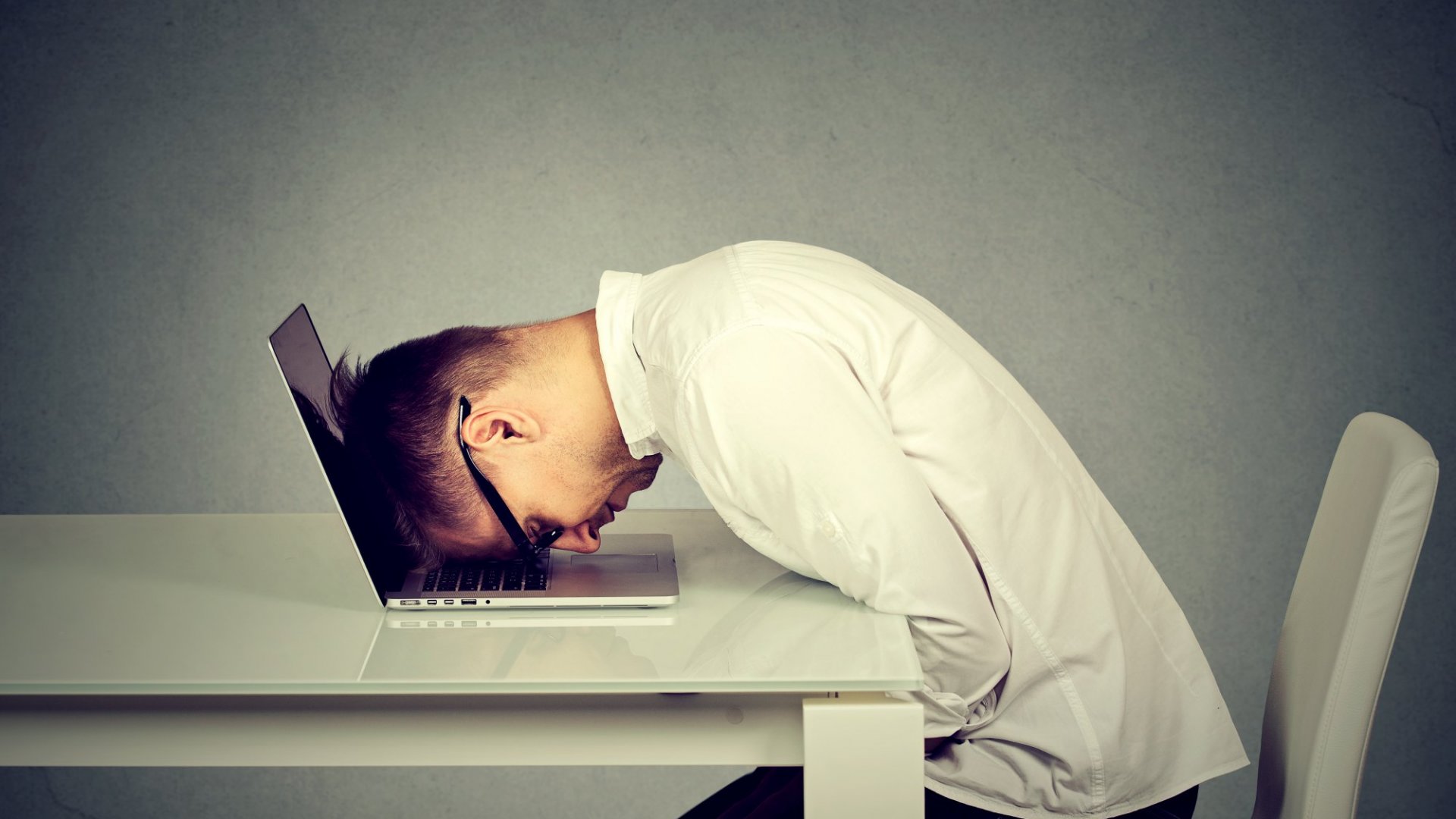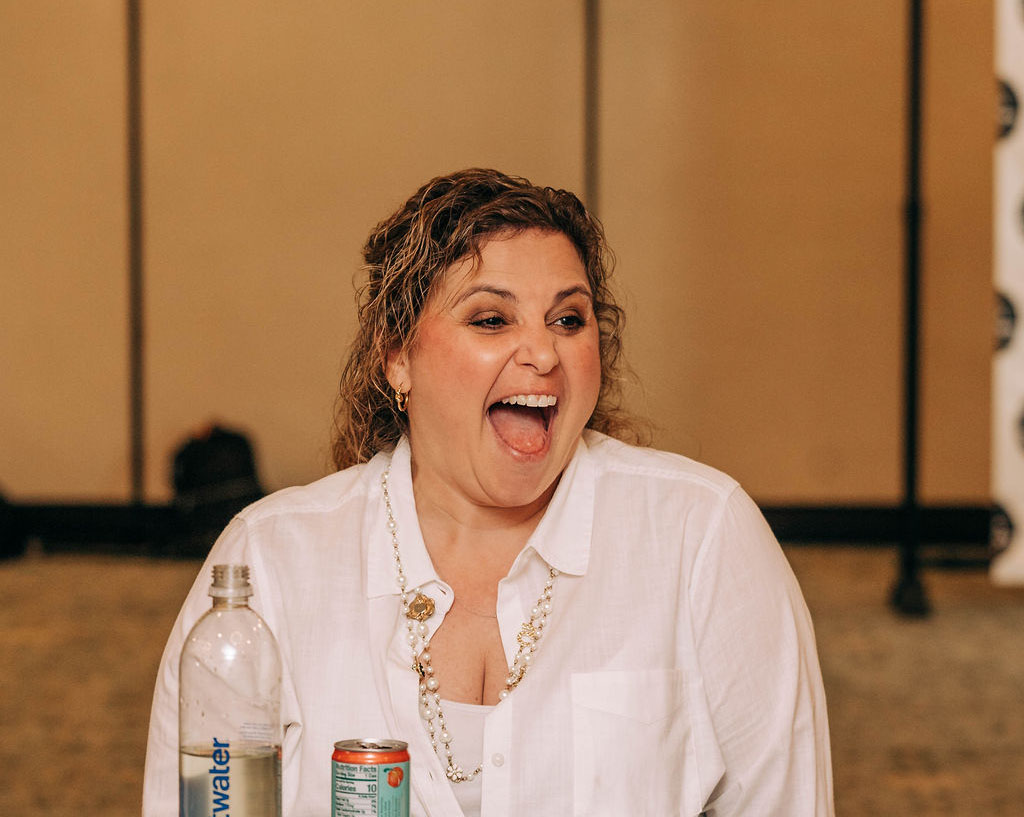A question I am frequently asked is, “what is the best daily routine for someone trying to recover from burnout?”
This is one of the best questions someone could ask to support their burnout recovery. Our daily routines, habits not only support us, but they can also burn us out.
Daily Routines Are A Good Thing… Until They’re Not
First, let me say, routines are excellent for helping you manage your stress. Routines anchor you. Knowing what time you will eat, sleep, or work, gives you a great deal of comfort. It allows you to manage the uncertainty that life throws your way, as well as, cope with the unpredictability of a chaotic period of your life.
A good, healthy routine will help lower your stress levels because of the amount of energy it saves. You don’t have to think about “to do” lists or any of the other things that require your brain to expend energy to remember them. A good, healthy routine will also keep you resilient to stress.
Where routines tend to get you in trouble, is when you try to do something or become someone that your brain, body, or personality doesn’t align with. My favorite example: morning routines. There are A LOT of internet gurus, coaches, and experts that claim a morning routine that starts before the sun rises is the key to success and happiness.
This couldn’t be further from the truth.
Especially if you aren’t and never have been a “morning person.” Yes, for some people, rising early, then tending to a list of activities before work does improve their mood, energy, and day.
But, for those of us – myself included – who prefer sleep over journaling before dawn, being pressured into an early morning routine has the exact opposite effect that is intended. In fact, it makes us drowsier, less energetic, resentful, and less productive for the remainder of the day.
What Do Most People Trying to Recover From Burnout Get Wrong About A Daily Routine?
They prioritize the wrong things.
They are still telling themselves a daily routine is about productivity, rather than focusing on what will allow their body to heal.
So, let’s start there: get rid of what you think you “should be” doing, and turn your focus to what your daily routine needs to support your burnout recovery.
Your burnout came from a combination of activity and mindset that caused you to experience chronic stress. That chronic stress has unbalanced your hormones, wrecked your energy stores, and helped you develop a mindset full of unrealistic expectations.
While you can still be productive when recovering from burnout, you need to change your productivity priorities and expectations.
Where to Invest In A Daily Routine
A good, healthier daily routine is a self-investment that helps you establish and focus on priorities, measure your goals, and limit procrastination. It will allow you to depend less on willpower and motivation – which are catalysts for exhaustion and giving up.
The key for a good, healthier daily routine while recovering from burnout is creating a routine that manages your stress levels and builds resilience to stressors.
The addition of stress to any activity – no matter how minute – causes your body to use more energy than it normally would to complete a task without it.
So, your focus, when creating a daily routine while recovering from burnout becomes finding the:
- Least stressful activities possible that allow you to still be productive
- Least stressful way to accomplish something
- At the least stressful time of day
Do You Know What Activity Stresses You Out?
Exercise is a great example of something that usually has unrealistic expectations for its outcome and effect. Exercise can be both stress relief and a stressor. What allows exercise to relieve stress is doing exercise that you enjoy, at a time of day that would invigorate you. Exercise becomes a stressor when you do the wrong activity or something you don’t enjoy, you do too much of something, and you do it at a time of day when your body isn’t accepting of physical activity.
I used to be a run and do Pilates before sunrise kind of gal. As my life became more stressful and my desire to run changed, I found myself forcing a run at 5:30 a.m.. My runs were no longer managing my stress, but creating it. So, I was drained of more energy by forcing myself to do something that my mind and body were telling me were not a match for the desired outcome I wanted.
Now, I practice Pilates at 7 a.m., and my mind and body actually look forward to it. When my Pilates class is over, I feel invigorated and energized. I’ve added to my well of energy for the day instead of subtracting from it.
Where Is Your Mindset?
I do want to address mindset around a daily routine. You will need to reset your expectations while recovering from burnout. In the short term, you will be doing less. You need to be doing less of the things that cause stress and more of things that allow you to heal your chronic stress.
Sometimes you feel as though you should be doing more, or look at your to do list think to yourself, “I’m not really doing that much.” Those thoughts usually lead to you ramping up activity too soon.
The well of energy that you are pulling from when you are burned out is smaller. Your well has shrunk in size. You don’t have the amount of available energy you had before you burned out. (No matter how much caffeine you ingest…)
Attempting to squeeze more into your day only creates additional stress and overburdens your well of energy – which causes it to run dry twice as fast.
So, remind yourself often that less is more when it comes to activity in the midst of burnout recovery.
How to Set-Up A Daily Routine for Burnout Recovery?
Step 1: Determine the necessary outcome. Is it more important to conserve the energy available to you? Or, is your priority your productivity? As you recover from burnout, more energy will be available to you and you can change this goal. For now, while your body is struggling to create and maintain energy, determine a singular priority that will allow you to feel accomplished at the end of the day.
For example, rest is going to be a priority for the short-term. This means you will prioritize sleep, breaks throughout your day, and spending time with family and friends. You may have sacrifice productivity to make this happen – which is the point! You aren’t supposed to be doing it all right now.
Step 2: Unburden your brain. Write out a list of all of your current daily responsibilities, tasks, and habits. This is basically a brain dump. You want to get your current daily routine out of your head and down on paper so you can physically see what you expect yourself to do day-in-and-day-out.
Don’t worry about organization, judging what you do or don’t do each day, or start telling yourself what you “should be” doing. That’s coming later in the process.
Step 3: Order of importance. Based on the outcome you want from your daily routine, order this list of daily activity from important to least important. Are you going to be able to get rid of everything that doesn’t align with your priorities? No. But, your goal here is to get rid of unnecessary work and responsibility.
Your priorities will get squeezed and your stress levels will remain high when you are doing work or taking on responsibility that is not yours to handle. For a while, you may have to say no to colleagues, to a volunteer group, or even your kids. Once you have gone a ways down the road to recovery, you can begin to say yes to these things and add activity back in.
Can I tell you a secret? You’ll continue to see some things as unnecessary and you won’t add it back in to your routine.
Step 4: Match your desired outcome with the appropriate activities. Schedule your needs and must-haves first that will help you accomplish your goal or focus on your priority. Then, begin adding the activities next on your list in order of importance to fill out your healthier daily routine.
Using the example of rest being a priority, you schedule that first on your calendar. If you require 8 hours of sleep, schedule your bedtime and your wake-up time. Then, schedule a morning break, a lunch break, and a mid-afternoon break.
All activity will be scheduled around these rest periods. Protect those rest periods or priority activities like a hawk. You don’t schedule over it, sacrifice it, and/or give up on it.
Step 5: Remain flexible. Life happens. This is the trickiest step. You are going to face challenges every day that will attempt to dethrone your priority and upset your daily routine.
This doesn’t mean that you don’t respond to emergencies, or that an unsettling event in your environment should go ignored.
It means your routine is going to get interrupted from time-to-time. But, you will be ready for it because you know that your routine calms you. You want to get back in to your routine. You don’t mind the occasional distraction, but you know you need to put boundaries around those distractions. Today’s interruption, doesn’t need to be tomorrow’s upset.
Give this temporary emergency the time and attention it needs to no longer interrupt your day. This may mean delegating part of your routine temporarily, or saying no to new work.
As your healthier routine makes you stronger, you will want to stick to it because it is restoring your mind and your energy wells. It is making you more resilient to stress.
